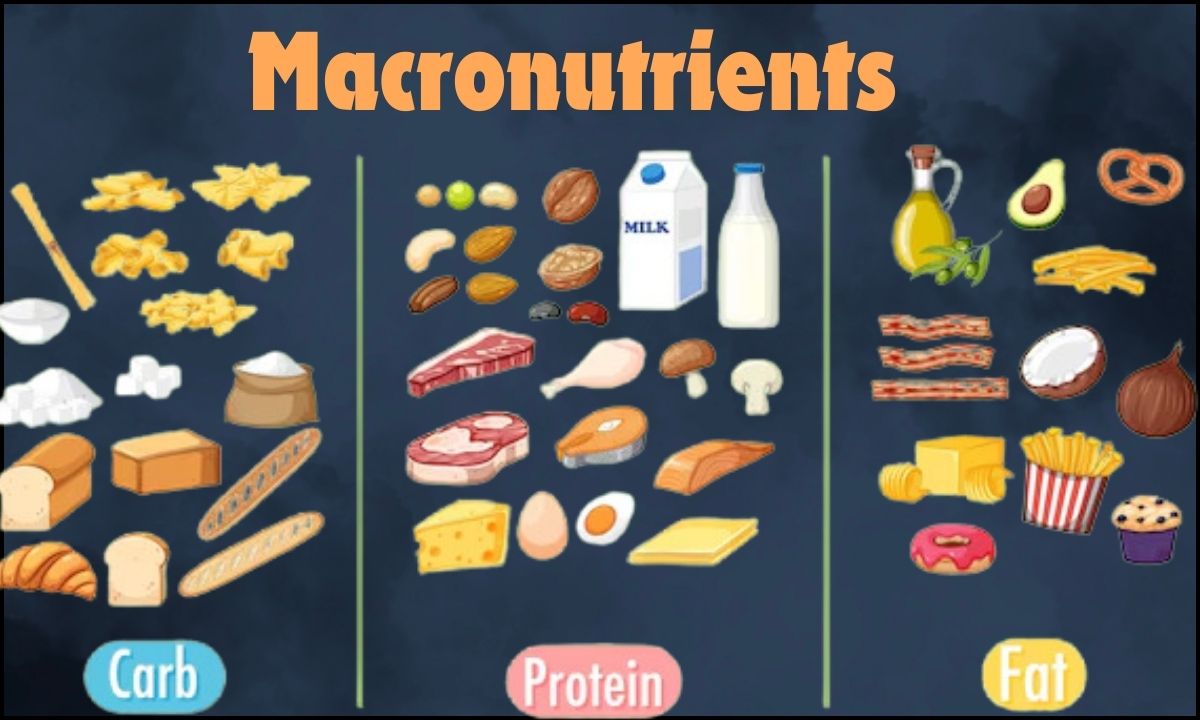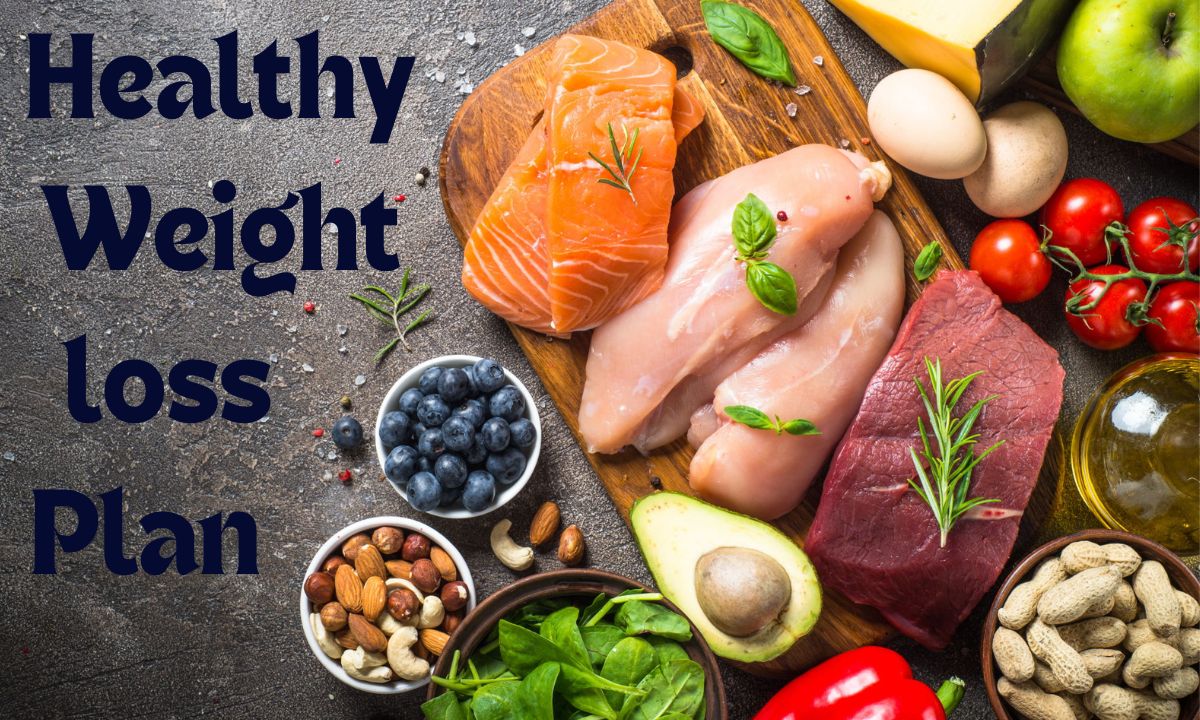A healthy eating plan gives your body the nutrients it needs every day while staying within your daily calorie goal for weight loss. A healthy eating plan also will lower your risk for heart disease and other health conditions.
A healthy eating plan
Emphasizes vegetables, fruits, whole grains, and fat-free or low-fat dairy products
Includes lean meats, poultry, fish, beans, eggs, and nuts
Limits saturated and trans fats, sodium, and added sugars
Controls portion sizes
Calories
Eating plans that contain 1,200–1,500 calories each day will help most women lose weight safely.
Eating plans that contain 1,500–1,800 calories each day are suitable for men and for women who weigh more or who exercise regularly.
Create Caloric Needs
To calculate your caloric needs for weight loss, you’ll need to determine two key figures: your Basal Metabolic Rate (BMR) and your Total Daily Energy Expenditure (TDEE). Here’s a step-by-step guide on how to do this:
Calculate Your Basal Metabolic Rate (BMR)
BMR is the number of calories your body needs to maintain basic physiological functions at rest (e.g., breathing, circulation).
You can use the Harris-Benedict Equation to estimate your BMR:
For Men:
BMR=88.362+(13.397×weight in kg)+(4.799×height in cm)−(5.677×age in years)\text{BMR} = 88.362 + (13.397 \times \text{weight in kg}) + (4.799 \times \text{height in cm}) – (5.677 \times \text{age in years})
For Women:
BMR=447.593+(9.247×weight in kg)+(3.098×height in cm)−(4.330×age in years)\text{BMR} = 447.593 + (9.247 \times \text{weight in kg}) + (3.098 \times \text{height in cm}) – (4.330 \times \text{age in years})
Calculate Your Total Daily Energy Expenditure (TDEE)
TDEE accounts for your activity level and represents the total number of calories you need to maintain your current weight.
Multiply your BMR by the following activity factors based on your lifestyle:
Sedentary (little or no exercise): BMR × 1.2
Lightly active (light exercise/sports 1-3 days a week): BMR × 1.375
Moderately active (moderate exercise/sports 3-5 days a week): BMR × 1.55
Very active (hard exercise/sports 6-7 days a week): BMR × 1.725
Super active (very hard exercise/physical job): BMR × 1.9
Create a Caloric Deficit
To lose weight, you need to consume fewer calories than your TDEE. A common approach is to reduce your calorie intake by 500-750 calories per day to aim for a weight loss of about 1-1.5 pounds per week.
Macronutrient Distribution
The acceptable macronutrient distribution ranges are 45–65% of your daily calories from carbs, 20–35% from fats, and 10–35% from protein. However, remember that your macronutrient ratio doesn’t directly influence weight loss. Instead, it’s important to focus on being in a calorie deficit.

Carbohydrate
Carbohydrates are important for muscle contraction during intense exercise. Even at rest, carbohydrates enable the body to perform vital functions such as maintaining body temperature, keeping the heart beating, and digesting food.
Protein
Protein is present in every body cell, and adequate protein intake is important for keeping the muscles, bones, and tissues healthy. Protein also plays a vital role in many bodily processes, such as aiding the immune system, biochemical reactions, and providing structure and support for cells.
Fats
Fats are an important part of the diet that can also provide the body with energy. While some types of dietary fats may be healthier than others, they are an essential part of the diet and play a roleTrusted Source in hormone production, cell growth, energy storage, and the absorption of important vitamins.
Perfect Meal Planing
the perfect meal plan involves balancing nutrition, convenience, and personal preferences to meet your specific goals and needs.

Breakfast
Aim for a balanced meal that includes protein, fiber, and healthy fats. Examples include Greek yogurt with fruit and nuts, a smoothie with spinach and protein powder, or oatmeal with berries.
Lunch
Focus on a combination of lean protein, whole grains, and vegetables. Ideas include salads with quinoa and chicken, whole-grain wraps with hummus and veggies, or a hearty bean soup.
Dinner
Ensure dinner is well-rounded with a protein source, vegetables, and a healthy carbohydrate. Options might include grilled salmon with roasted sweet potatoes and asparagus, or a stir-fry with tofu and mixed vegetables over brown rice.
Snacks
Choose nutritious snacks to keep your energy up and prevent overeating at meals. Good options include fresh fruit, nuts, yogurt, or vegetable sticks with hummus.
Hydration

Drink Water Regularly
Aim to drink water throughout the day, not just when you’re thirsty.
Eat Hydrating Foods
Incorporate fruits and vegetables with high water content, such as cucumbers, oranges, and watermelon.
Adjust for Activity and Climate
Increase fluid intake during physical activity and in hot or humid weather.
Monitor Your Urine
Light-colored urine generally indicates good hydration, while dark yellow may suggest you need more fluids.
Portion Control
Portion control means choosing a healthy amount of a certain food. Portion control helps you get the benefits of the nutrients in the food without overeating. Portion control is important because it helps you: Digest food easier. Reach or maintain a healthy weight.
Limit Treated Food
Treated or processed foods are typically those that have undergone industrial processes that include the addition of preservatives, artificial flavors, colors, and other additives. They may also be high in added sugars, unhealthy fats, and sodium.
Foods that have been altered from their original form through various industrial processes, which often involve the addition of substances to extend shelf life, enhance flavor, or improve appearance. These foods may be high in additives and low in nutritional value compared to whole, minimally processed foods.
Examples of Treated Foods
Packaged Snacks: Chips, cookies, and candy.
Fast Food: Burgers, fries, and fried chicken.
Sugary Beverages: Soda, energy drinks, and sweetened juices.
Ready-to-Eat Meals: Frozen dinners and canned soups.
Processed Meats: Sausages, hot dogs, and deli meats.
Physical Activity
Physical activity is key to improving the health of the nation. Based on the latest science, the Physical Activity Guidelines for Americans is a flagship resource for health professionals and policymakers that provides recommendations on how everyone can improve their health through regular physical activity. Learn ways to help people understand the benefits of physical activity and how to make it a part of their regular routine.
Watching Progress
Performing regular fitness tests, such as timed runs, endurance tests, and strength tests, can help to measure improvements in fitness levels over time. Keeping a workout log, including exercises performed, sets, reps, and weights, can help to track progress in strength and endurance over time.


